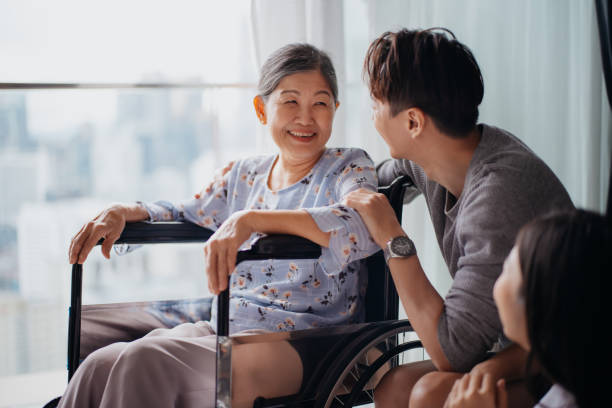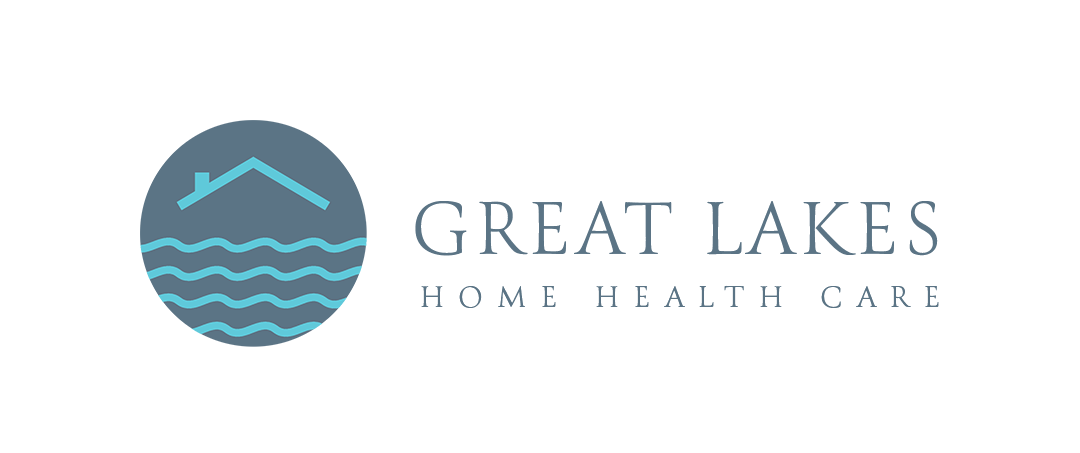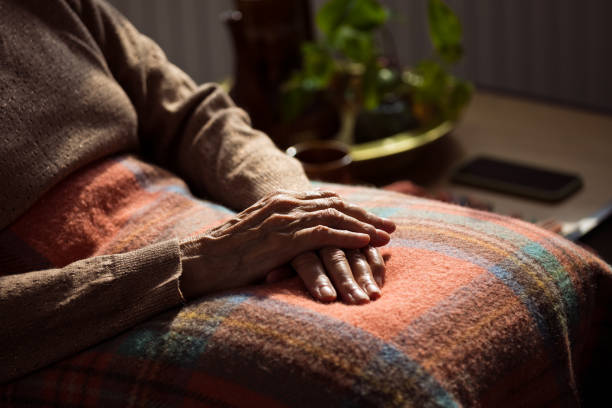As healthcare becomes increasingly complex, the need for coordinated care between primary care providers, specialists, and home health services has never been more urgent. Patients—especially those managing chronic conditions or recovering from surgery—benefit immensely when their care team works in harmony. But without a thoughtful approach to communication and collaboration, the risk of redundant services, medication errors, and poor health outcomes rises significantly.
So, how can patients and caregivers ensure that everyone involved in a patient’s care is on the same page? The answer lies in proactive coordination, mutual respect among providers, and the strategic use of technology.
Contents
Understanding the Roles in the Care Ecosystem
At the heart of any coordinated healthcare plan is a clear understanding of each player’s role.
Primary care providers (PCPs) serve as the foundational point of contact for most patients. They offer preventive care, manage long-term conditions, and often initiate referrals to specialists or home health agencies. Their role is both comprehensive and continuous.
Specialists bring targeted expertise, managing specific medical conditions such as cardiology, oncology, or endocrinology. While their involvement may be more episodic, their recommendations and treatment plans can significantly impact a patient’s broader health journey.
Home health services—including visiting nurses, physical therapists, or aides—extend care into the patient’s home, promoting recovery and independence. They often have the most day-to-day insight into a patient’s condition, making their input critical for real-time decision-making.
The Communication Gap and Its Consequences

One of the biggest hurdles in coordinating care is fragmented communication. In many cases, each provider documents care in separate systems, making it difficult for others to access critical updates. A primary care provider might not be aware of a new medication prescribed by a specialist. A home health nurse might notice a concerning symptom that never gets passed on to the wider care team.
These communication breakdowns can result in duplicated tests, contraindicated medications, or overlooked warning signs—each posing serious risks to patient safety and recovery.
Building Bridges Through Care Coordination
The key to bridging these gaps lies in establishing formal care coordination practices.
Designating a care coordinator—either a nurse navigator, social worker, or primary care nurse—can streamline communication between providers. This person acts as a central point of contact, ensuring that all stakeholders receive relevant updates and that the patient is guided through the system without confusion.
Implementing shared care plans is another vital strategy. These documents outline diagnosis details, treatment goals, medication lists, and responsibilities across the care team. When accessible in a digital format, ideally through a shared electronic health record (EHR), it ensures that no one operates in a silo.
Regular case conferences or check-ins—especially for patients with complex needs—enable all providers to align their strategies. These meetings can be virtual or in person and help maintain accountability, clarify goals, and adjust care as needed.
The Role of Technology in Integrated Care
Modern healthcare coordination is heavily reliant on technology, but only when used strategically.
Interoperable electronic health records allow real-time updates on lab results, discharge summaries, medication changes, and care notes. When specialists, PCPs, and home health professionals can access the same data, the likelihood of errors drops substantially.
Mobile apps and secure messaging platforms can also enhance direct communication between providers and patients. These tools allow quick updates, alerts about urgent changes, or clarification of care instructions without waiting for formal documentation.
Remote monitoring devices, from blood pressure cuffs to oxygen saturation sensors, can be connected to platforms accessible by all providers. This allows home health workers to flag any unusual readings and prompt timely interventions from the broader care team.
Involving Patients and Families
While technology and professional collaboration are crucial, patients and caregivers also play a pivotal role in coordination.
Empowering patients with education—about their conditions, medications, and care expectations—reduces dependence and promotes proactive self-care. When patients understand what each provider is responsible for, they’re better equipped to advocate for their needs.
Maintaining a personal health journal—including symptom tracking, medication schedules, and provider notes—helps patients keep their information organized. This can be a critical resource during emergency visits or transitions in care.
Families and caregivers can act as communication bridges, too, especially when patients have cognitive or mobility limitations. Encouraging them to participate in care planning meetings and receive provider updates helps unify the support system.
Toward a Culture of Collaboration
Effective care coordination isn’t a luxury—it’s a necessity in today’s healthcare environment. As the population ages and chronic disease becomes more prevalent, the demand for team-based, patient-centered care will only increase.
Health systems and practices must invest in building a culture of collaboration. That means training staff in communication skills, rewarding interdisciplinary teamwork, and leveraging digital tools that promote transparency and accountability.
Ultimately, when primary care physicians, specialists, and home health workers function as a single, unified team, patients don’t just receive care—they experience healing.

